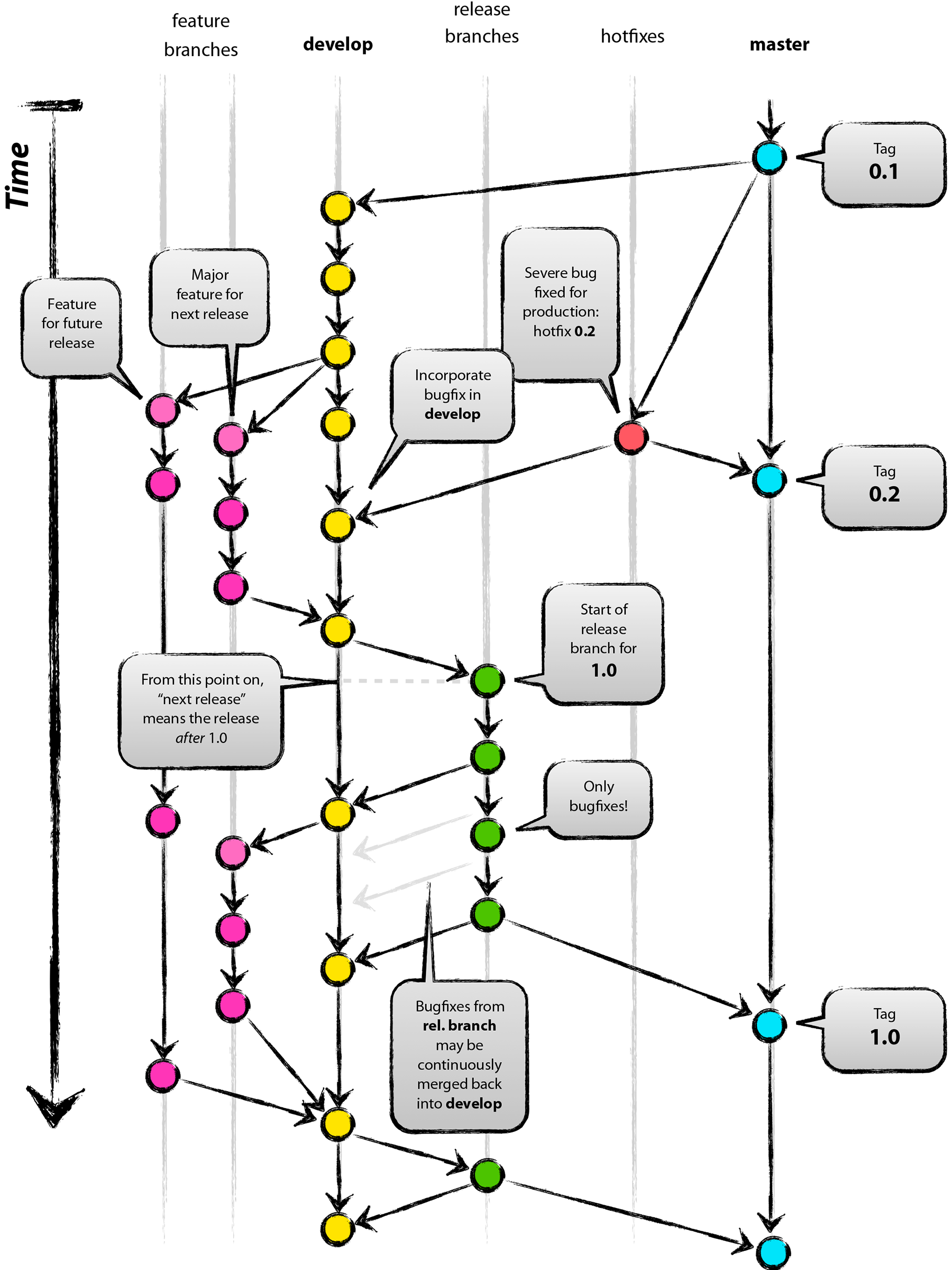
What is it? Why do I need it?
Have you ever made big server side application with wide technologies and software stack in a team ? Or have you tried to connect quickly to an "old" backend project and bring some help? Or maybe one of your colleagues had ever said to you "hey, that script/soft is not working on my machine..." but you don't understand what is wrong and can't reproduce it. If yes - then you know this pain :
- you have Windows PC, but want to develop webapp on Linux server
- usually only some member of a team is a good sysadmin and he is responsible for setup and configuration, during development software stack is changing or require update etc. and every member of a team need to make it by himself on his localhosts
- you are contributing to different projects and need quickly switch between then - but these projects require different versions of some software like PHP or MySQL and can't co-exist with each other
- you often work on different laptops etc. and don't want to pollute all of them with server-stack software
- you need to track versioning of you dev server environment and should be able to checkout not only app code to some moment of time, but server also
- new member came to your team and you need to setup a full local dev environment in a minutes and for sure without "oh, really I forget this one ..."
We are lucky as now Vagrant exist to solve it. Literally Vagrant is a software that could setup you a local (or cloud) dev Virtual server using a configuration file. So it could be tracked as a project file inside Git repo. It can make server provisioning using Shell script or Ansible, Chef, Puppet.
Anyone, anywhere, anytime could run one terminal command to get their own local dev environment that is exact copy of your own - reliable, reproducible and for sure.
Very important to understand that Vagrant is for Dev machines only. It does not supposed to be used for Production env. deployment. It does not replace cloud orchestration software and great provisioning tools like Ansible/Chef/Puppet (but can utilize them as well, so you could reuse production provisioning scripts on dev machines).
Vagrant has quite good documentation and you should definitely go through it. Here I will juts cover briefly all major points.
Install Vagrant in Ubuntu
It is available for Linux, Windows and Mac. But all examples here assume Ubuntu Linux as Host and Virtual machine.
Quick start : Vagrantfile - The Journey Begins...
just 2 simple terminal commands
~~~
$ vagrant init precise32 http://files.vagrantup.com/precise32.box
$ vagrant up
~~~
First command will create a Vagrantfile file in this dir and this config will be predefined
~~~
...
config.vm.box = "precise32"
config.vm.box_url = "http://files.vagrantup.com/precise32.box"
...
~~~
now running vagrant up will actually start VirualBox instance according to Vagrantfile in current directory. In our case it will download Ubuntu 12.04 box from internet and run it/
Vagrantfile contain all settings for our server.
You can think running a VirtualBox is a big performance overhead for a dev server - but I think it is not. At least it is reliable price for a full isolation of environment. Plus don't forget that we are running server version of Linux without GUI - so 512 Mb Ram and some CPU time will be quite enough for a dev machine.
Read more ...




